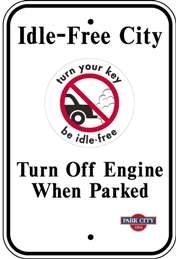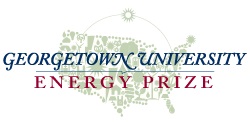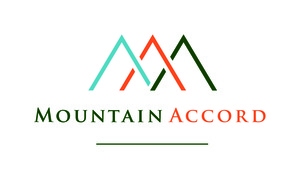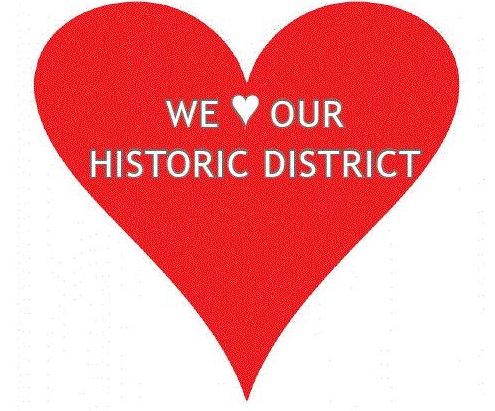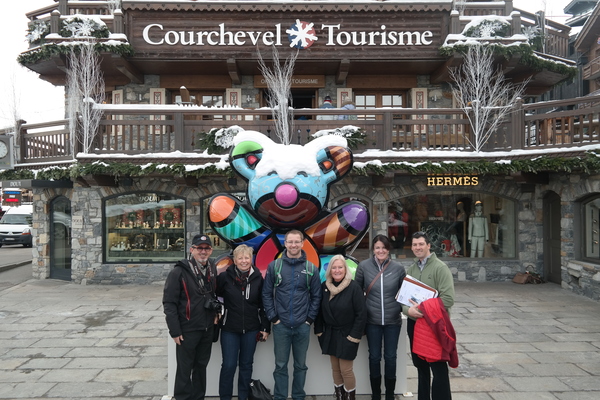Park City, UT
Home MenuPopular Searches
Home: Energy Myths
Following are some common home energy myths that may be costing you.
1. Setting the thermostat higher or lower will heat or cool the house faster.
Many a homeowner has come home to an uncomfortable house and set the thermostat higher or lower than necessary, thinking it will warm or cool faster. In reality, a furnace or air-conditioner works at the same speed, no matter what the thermostat setting. A home will warm up to 68ºF just as quickly if the thermostat is set at 68ºF as it would if the thermostat was set at 80ºF. In such instances, energy may be wasted as the heating or cooling system continues to run after it reaches your desired set point.
2. A heating and cooling system "works harder" to reach a comfortable temperature after setback or set forward.Many people do not adjust their thermostat at night or while the home is unoccupied because of the common misconception that the heating or cooling system must "work harder" or use more energy to reheat or re-cool the house. This is not how a thermostat works. The system turns on to reach a set level and then shuts off when that level is reached. It can be likened more to a switch that shuts on and off, rather than a gas pedal that accelerates faster the more you step on it.
3. Energy efficiency and energy conservation are the same thing.
Efficiency refers to using less to perform a specific task. Examples include replacing traditional lighting with LEDs (light emitting diodes), or installing a high performance appliance. Conservation refers to reducing your need for energy through changes in behavior, such as setting the thermostat lower or riding a bike to work.
4. When an appliance is turned off, it is off.
Many appliances and electronic devices—such as coffee makers and cell phone chargers—in the home continue to use power after they have been switched off. Sometimes as much as if they were on! This is known as standby power or “phantom load.” The only way to stop the power usage by these devices is to unplug them.
5. Leaving lights, computers and appliances on uses less energy than turning them on and off.
In most cases, the small surge of power needed to start a device is much less than the power that is wasted by leaving it on when it is not needed.
6. Duct tape is the best choice for sealing ducts.
Duct tape has very low durability when used to seal ducts, according to laboratory research. On new installations duct tape will not last long without extensive surface preparation, especially in dirty or dusty locations. Over time, duct tape will fall off as the adhesive dries out and the tape starts to wrinkle. Mastic or metal-backed tapes—available at your local hardware or do-it-yourself retailer—are better choices for duct sealing.
7. Purchasing an efficient air-conditioner or furnace will automatically reduce energy bills.
This is true to some extent, but optimal savings will not be achieved unless the system is sized and installed correctly. Installing an efficient, but over-sized, system can negate much of the potential savings, while a poorly designed duct system can also have an impact on efficiency and comfort. Windows, doors, and insulation also play a factor in heating and cooling efficiency.
8. Dimming lights by 50% will cut lighting costs in half.
In reality, the relationship is not quite direct and the savings may be less than expected. Dimmed lights do use less power, but when lights are dimmed, the voltage drops and the filament becomes cooler. This causes a loss in overall efficiency.
9. Closing off vents will help to lower heating and cooling costs.
Closing or covering up vents is typically not a good way to save on energy costs. Heating and cooling systems balance their load throughout the duct system. If one vent gets closed off, it throws the system off balance. Pressure can build up in the duct work, causing leakage and less air circulating in your home. This reduces system efficiency and home comfort.



